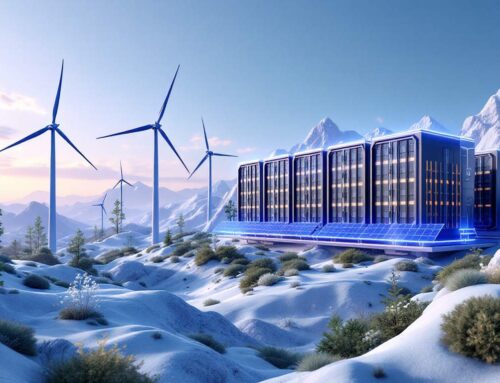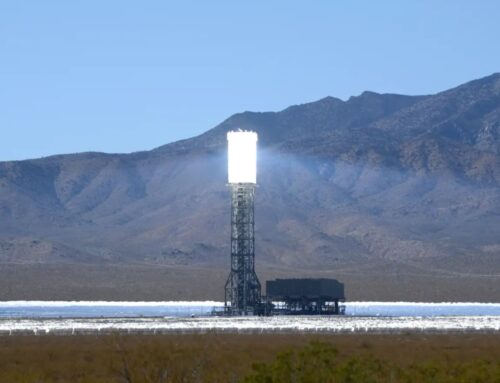Opinion: We can’t afford to wait for action on climate change
April 17, 2025

Scientists have a system for identifying episodes of life on Earth, starting with the Paleozoic (ancient life) Era about 600 million years ago and including the Cretaceous, which ended when Earth was hit by a massive asteroid, causing the extinction event that covered Earth with a shroud of ash that obliterated the dinosaurs. Life on Earth recovered, and we are now in an era that has been tentatively named the Anthropocene, the recent age of man.
Unfortunately, it is easy to foresee how this era is likely to end.
Globally, the average temperature from 2014 to 2024 is estimated to be the warmest ten years on record. Every month for the last year has been the hottest ever. The source of the problem is the production of carbon dioxide (CO2), a gas that traps heat in the atmosphere, causing the surface of the earth to heat up.
The solution is straightforward and not difficult to implement. Fossil fuels such as coal, petroleum and natural gas are the source of CO2. They should be banned and replaced by electricity (electric cars, electric heating, etc.) as sources of energy. The sun would serve as the primary source. Given the initial investment in transmission systems, grid-connected solar farms can provide virtually free electricity.
A future where people stop using fossil fuels and switch to solar, wind, hydroelectric, and geothermal sources is the only viable course. At temperatures of 104 to 122 degrees, our bodies stop working optimally. Outside temperatures above a certain level are deadly.
The South American country of Uruguay provides an example of how it can be done. A recent article in The Nation describes what happened. “Despite having fewer resources than the United States, Germany, and other wealthy nations that have been painfully slow to reduce their consumption of fossil fuels amid the deepening climate crisis – as of 2023 only 21.4 percent of U.S. power supply comes from renewables — Uruguay has greened its grid in under a decade. … Uruguay has gone from suffering frequent blackouts and power cuts to relative energy sovereignty based almost entirely on electricity generated from a stable mix of wind, solar, hydroelectric, and bioenergy sources.”
The longer we wait, the more difficult it is to reverse climate change. This is because climate change builds upon itself. For example, heat kills forests that would have absorbed and reduced greenhouse gases, and dead trees lead to more forest fires, leading to more climate change.
ADVERTISEMENT
In the lovely green coolness of Alaska’s spring and summer, it is easy not to think of climate change. But we don’t have that luxury. Climate change is everybody’s problem, a problem that merits worldwide recognition. The lives of our children and grandchildren, in fact, the future of life on earth, are at stake.
Janet McCabe is a graduate of Harvard’s Kennedy School, and a member of Alaska Common Ground.
• • •
The views expressed here are the writer’s and are not necessarily endorsed by the Anchorage Daily News, which welcomes a broad range of viewpoints. To submit a piece for consideration, email commentary(at)adn.com. Send submissions shorter than 200 words to letters@adn.com or click here to submit via any web browser. Read our full guidelines for letters and commentaries here.
Search
RECENT PRESS RELEASES
Related Post




